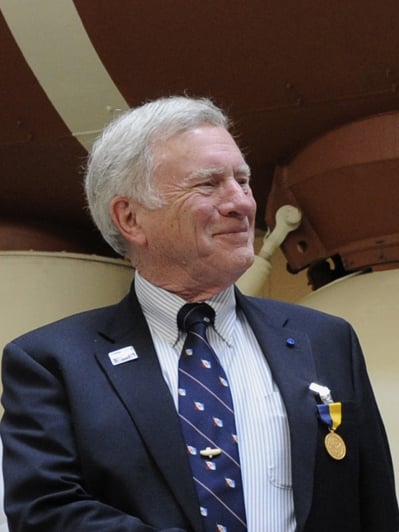In 2023, there are 552 major seafloor cables in the world with a total length of 850,000 miles. Reliable and cost-effective, they carry more than 95 percent of international data transmissions. Daily, they move financial transactions valued at $10 trillion. Mostly owned by private companies, they are critical elements in the worldwide communications infrastructure. By contrast, satellites carry only 3 percent of global traffic.
There are other cable networks that transmit electrical energy over more moderate distances. An example is the four lines between the United Kingdom, France, the Netherlands, and Ireland power grids. Bidirectional, they help keep power demands in balance to accommodate both sides of the English Channel. The longest in the world, completed in 2022, is the 450-mile North Sea Link—a 1,400 MW cable between the UK and Norway.
In recent years, offshore wind farms have become a major installer of seafloor electrical cables delivering energy from wind turbines to onshore.
How vulnerable are seafloor cables to disruption? Ruggedly designed and constructed for unattended operations in a hostile environment, they still are subject to damage. Natural tectonic events such as volcanic eruptions, movements of the seafloor, and underwater landslides have severed cables. Humans have damaged cables through ship anchor entanglements, seafloor trawling by fishing vessels, and dredging operations. Almost all outages today are accidents, so owners tend to publicize the mapped locations of their seafloor cables so maritime operations can stay clear of those areas.
Underwater military capabilities have demonstrated the ability to cut cables covertly on the seafloor. On land, maximum damage is most likely at places where more than one cable converge ashore. Some onshore locations are in relatively remote and unpopulated areas. Their destruction would be hard to prevent.
In short, seafloor cable systems are hard to defend and easy to put out of service. So, what can be done to protect them? Some thoughts are to aggressively monitor convergence cable termination sites on shore, increase existing redundancy by adding more cables but dispersing their onshore landing sites, and, in an emergency, develop means to quickly parallel vital communications to satellites and conventional radio transmissions. None of these solutions is ideal, but in sum they could guarantee a level of international communication activity can be maintained.
Seafloor Pipelines
Today, there are 20,000 miles of pipelines worldwide. Most of them carry petroleum products such as natural gas and crude oil.
In the Gulf of Mexico alone there are at least 8,000 miles of active seafloor pipelines. For more than 80 years pipelines have transported crude oil and natural gas to shore. Surprisingly, the locations of some pipelines are only approximately known. Many are no longer in use, and 97 percent of those have been left in place. Abandoned lines are estimated to add up to 18,000 miles.
How vulnerable are seafloor pipelines to disruption? Like seafloor cables, seafloor pipelines form a fragile network that can be easily damaged. They also are subject to similar natural and man-made damages. But unlike cables, breaching one or more pipelines would not have a major impact in a national emergency. Environmental impacts could be great, but the international energy network could work around the temporary loss of offshore oil and gas.
A test of the loss occurred in September 2022. The Russian-owned Nord Stream 1 and 2 natural gas pipelines in the Baltic were sabotaged by an explosion of uncertain origin and ruptured in several places.
The Nord Stream project was politically unpopular, as it was seen by many as a Russian move to make Europe more dependent on its supply of natural gas. After the Ukraine war began, Russia occasionally reduced flow and briefly shut the line in response to economic sanctions. Some believe Russia may have sabotaged its own lines to shut down a significant (40 percent) source of Europe’s natural gas supplies. Repair options are being studied, and it is estimated the work could take up to a decade.








